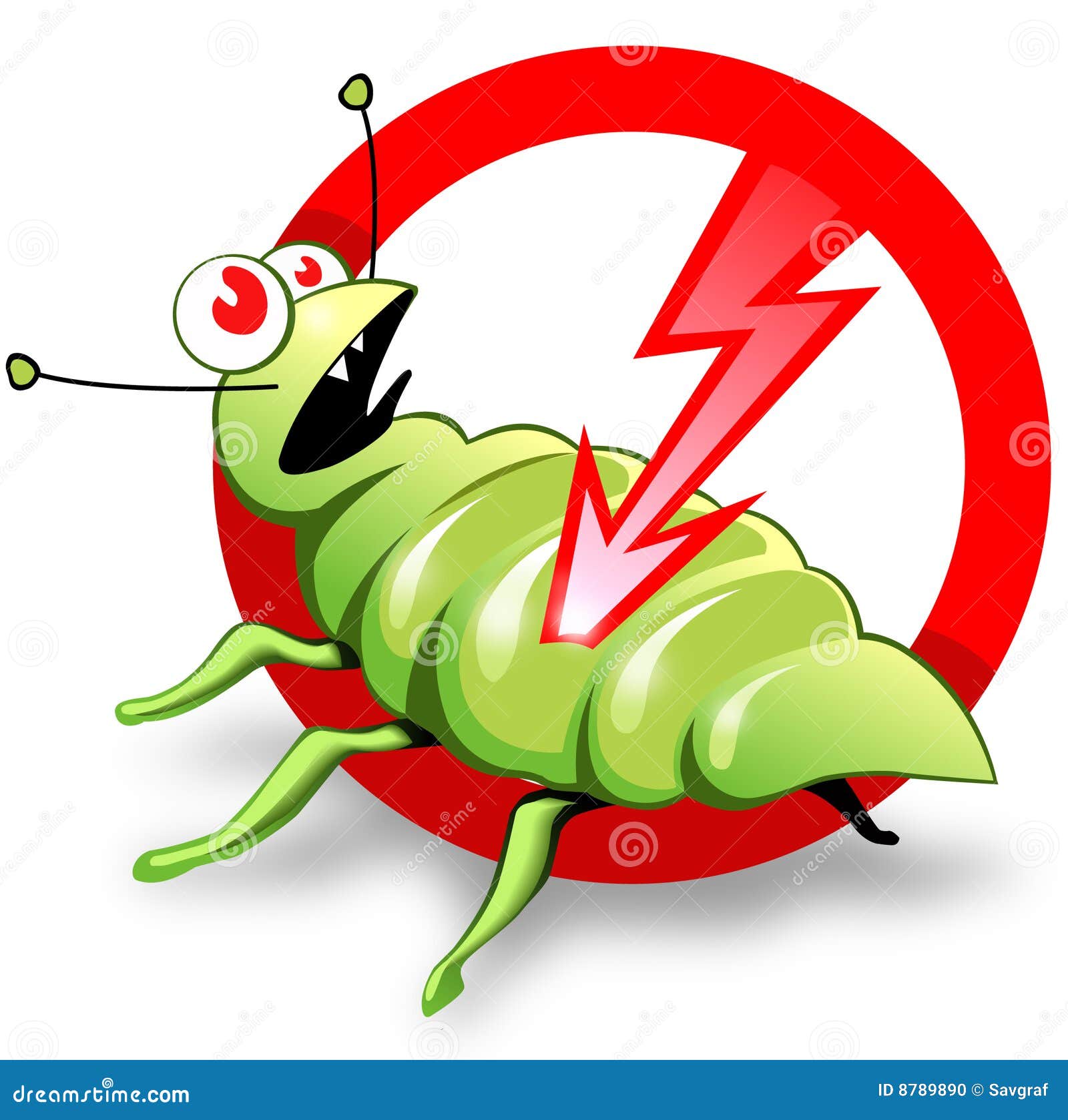Eliminate pests with the best Pest Control on the market.
Eliminate pests with the best Pest Control on the market.
Blog Article
Eco-Friendly Parasite Control Approaches for Taking Care Of Wildlife in Urban Areas
Urban areas usually locate themselves at the junction of human task and wildlife, leading to one-of-a-kind obstacles in pest administration. These strategies not just safeguard the setting yet likewise boost neighborhood involvement in wildlife monitoring. As metropolitan populations continue to expand, comprehending the dynamics of wildlife interactions comes to be significantly vital.
Recognizing Urban Wild Animals Characteristics
Understanding Urban Wild animals Dynamics is crucial for developing efficient and environmentally friendly parasite control techniques. Urban locations are increasingly ending up being habitats for various wildlife species, driven by variables such as environment fragmentation, food accessibility, and human encroachment. Recognizing these characteristics enables a nuanced strategy to pest monitoring that aligns with environmental principles.
Urban wild animals usually consists of types such as raccoons, squirrels, and birds, which adapt to city environments, discovering niches in eco-friendly rooms, parks, and even houses. Their existence can cause problems with humans, particularly when they make use of human sources for food and shelter. Comprehending the behaviors and ecological roles of these types informs methods that lessen adverse communications while advertising biodiversity.
Moreover, recognizing the interdependencies within city ecological communities aids in identifying critical locations for habitat conservation and remediation. This knowledge adds to the growth of incorporated insect management (IPM) techniques that take into consideration the ecological balance, thereby lowering dependence on damaging chemicals. By cultivating coexistence between people and urban wild animals, cities can create healthier settings that profit both citizens and local communities, leading the way for lasting urban living.
Natural Repellents and Deterrents
Natural repellents and deterrents use a lasting option to standard pest control approaches by harnessing the power of nature to maintain undesirable types at bay. These environment-friendly services usually make use of plant-based components, important oils, and other normally taking place materials that prevent insects without hurting the setting.
One effective natural repellent is peppermint oil, which is understood to drive away rodents and bugs. Its strong fragrance is undesirable to numerous parasites, making it a prominent option for city setups. Similarly, vinegar and citrus peels can work as deterrents, as their solid smells are normally unappealing to different wildlife.
Furthermore, diatomaceous earth is an all-natural powder that can be spread in locations susceptible to parasite task, efficiently drying out and hindering pests without positioning dangers to non-target types. Furthermore, garlic sprays and neem oil are recognized for their capacity to ward off a wide variety of insects, including both bugs and bigger wildlife.
Carrying out these natural repellents not only lowers reliance on chemical pesticides however also promotes a much healthier urban ecosystem, fostering an extra well balanced conjunction between human beings and wild animals. By utilizing these techniques, urban locations can efficiently take care of bug populations while minimizing ecological impact.
Habitat Modification Methods
Reliable habitat adjustment techniques play an important function in sustainable insect management by altering the environment to make it less for pest invasions. By comprehending the environmental dynamics of metropolitan locations, property proprietors can apply tactical modifications that discourage pests while promoting biodiversity.
(Integrated pest management Port Charlotte)One key method entails keeping appropriate sanitation. This consists of routine waste removal, protecting trash bins, and eliminating standing water to decrease breeding sites for pests and rats. In addition, landscaping techniques such as selecting native plants can enhance eco-friendly balance, supplying environments for valuable organisms while minimizing sources for pests.
An additional crucial approach is to secure entrance factors in structures. Evaluating and repairing fractures in foundations, walls, and windows can significantly reduce pest accessibility. Developing physical obstacles, such as fences or plant barriers, can inhibit wildlife motion right into human-inhabited locations.
Integrated Parasite Management Practices
Structure upon environment modification techniques, integrated pest monitoring (IPM) techniques use an alternative method to controlling pest populaces while reducing environmental impact. IPM integrates different strategies, including biological, social, mechanical, and chemical controls, to achieve efficient bug administration.
Organic control entails the intro of natural killers or bloodsuckers to decrease bug populaces. Social practices, such as plant rotation and hygiene, interrupt pest life cycles and diminish their environments - Pest Control. Mechanical controls, like traps and obstacles, give prompt relief from insect stress without chemical intervention
Chemical controls are utilized as a last hotel, focusing on targeted applications that restrict injury to non-target varieties and the setting. The choice of eco-friendly chemicals, when necessary, is important to the IPM framework. Additionally, monitoring parasite populaces and assessing prospective damage assists educate decision-making, ensuring that interventions are timely and effective.
Community Involvement and Education

(Exclusion Pest Control)Workshops and educational sessions can gear up locals with knowledge regarding indigenous varieties, habitat preservation, and reliable safe pest management techniques. Collaboration with schools, local organizations, and government firms better enhances academic outreach, making sure that essential information reaches varied audiences.
Additionally, community-led campaigns, such as area clean-up days and environment reconstruction projects, not just advertise biodiversity but additionally reinforce community connections. Pest Control. By motivating homeowners to share their experiences and monitorings, areas can create targeted approaches that resolve details local bug problems
Integrating comments from locals into pest management intends allows a much more responsive and adaptive strategy to wild animals difficulties. Eventually, informed and involved neighborhoods are essential to achieving long-term success in eco-friendly pest control, bring about much healthier metropolitan settings that respect both human and eco-friendly requirements.

Verdict
In conclusion, environment-friendly bug control comes close to offer sustainable options for handling city wild animals. By focusing on environment adjustment, using natural repellents, and carrying out integrated bug monitoring methods, neighborhoods can promote a harmonious coexistence with neighborhood animals.
Report this page